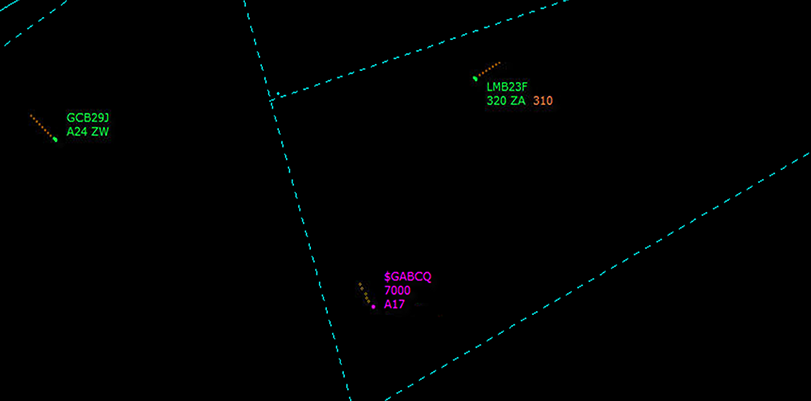Airspace Infringements

What is an airspace infringement?
In its simplest terms, an infringement occurs when an aircraft makes an unauthorised entry into controlled airspace.
A few minutes of infringement can result in wide spread knock-on effects as controllers must assume that the infringing pilot is lost and therefore his movements unpredictable. A buffer is established around the infringing aircraft of three miles or 3000ft. The buffer may encroach on an airport’s final approach track or standard departure tracks, therefore inhibiting arrivals and departures.
Whilst aircraft cannot land, they’ll most likely be put into a temporary holding pattern increasing their fuel burn and emissions. If they are still on the ground, the aircraft and passengers may have to be delayed until the infringing pilot vacates the airspace.
Aside from financial costs and the disruption to commercial aircraft, infringements also pose a very real and significant threat to safety.
What happens if I infringe?
Controllers will first try to maintain or regain separation between the infringing aircraft and any other traffic before trying to establish contact with the infringing pilot. If contact can be established the situation can be resolved very quickly and the controller will assist the pilot in vacating the airspace. The controller is required to file a report on every infringement of controlled airspace, and where the event is more severe in nature, the controller may be removed from duty and be unable to plug back in until the initial investigation process is complete.
Following the infringement our investigators will attempt to confirm the nature and severity of the infringement and identify the pilot of the infringing aircraft, if this has not already been done by the controller. Once identified, our investigators will endeavour to speak with the pilot to identify the underlying reasons behind the infringement. The pilot may be requested to complete an electronic questionnaire, that the CAA has visibility of, which enables us to better understand these events and mitigate against their reoccurrence.
How to avoid infringing controlled airspace
Planning
When planning your flight, consider your route in relation to airspace boundaries. Ensure you are familiar with airfield operating procedures, weather and NOTAMs relevant to your route. It is advisable to plan alternative routes should it become necessary to divert from your original plan.
Altimetry
If you depart an airfield on the QFE, ensure the QNH is set once out of the circuit.
Using the regional pressure setting when flying close to the base of controlled airspace could result in a vertical infringement. Obtain the QNH from the nearest aerodrome either by listening to the ATIS, appropriate frequency or contacting the unit.
Transponder Accuracy
Accuracy of the Mode C altitude reporting is paramount. When receiving a radar service (De-confliction or Traffic) from a radar or LARS unit the controller should verify the accuracy of your reported level. If it is outside of acceptable tolerance the controller will inform you and may ask you to turn off your mode C.
If necessary seek guidance from an avionics engineer.
Execution
If your planned route is executed correctly, an infringement should not occur; however, track deviation can occur for many reasons including weather avoidance, traffic avoidance or compass errors.
Distraction and complacency can also lead to navigational errors. Always be aware of your position in relation to your planned route. If in doubt, seek assistance.
Recovery
If you think you may have infringed controlled airspace, immediately contact the appropriate air traffic unit. If you are unsure of your position, contact the Distress and Diversion Cell (D&D) on 121.500 MHz. D&D will be able to fix your position and assist you until you have regained your situational awareness.
In line with good threat and error management, proactive recovery from an airspace infringement is the safest course of action. Seeking assistance can resolve the situation quickly and effectively.
Where next?
- Interactive article: “Why airspace infringements have the potential to impact all of us”
- Read about what it’s like to deal with an infringement from a controller’s perspective
- Advice about what to do if you infringe